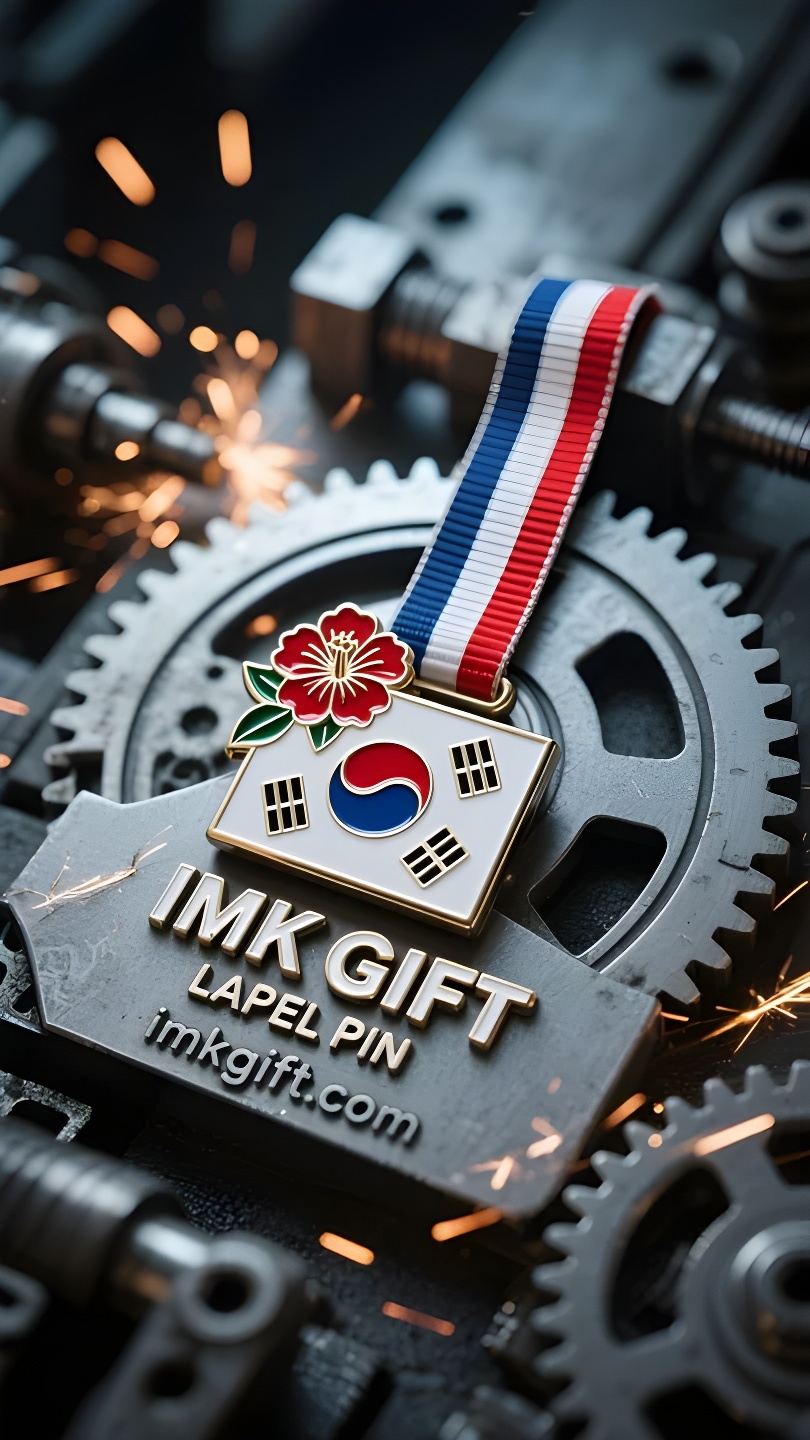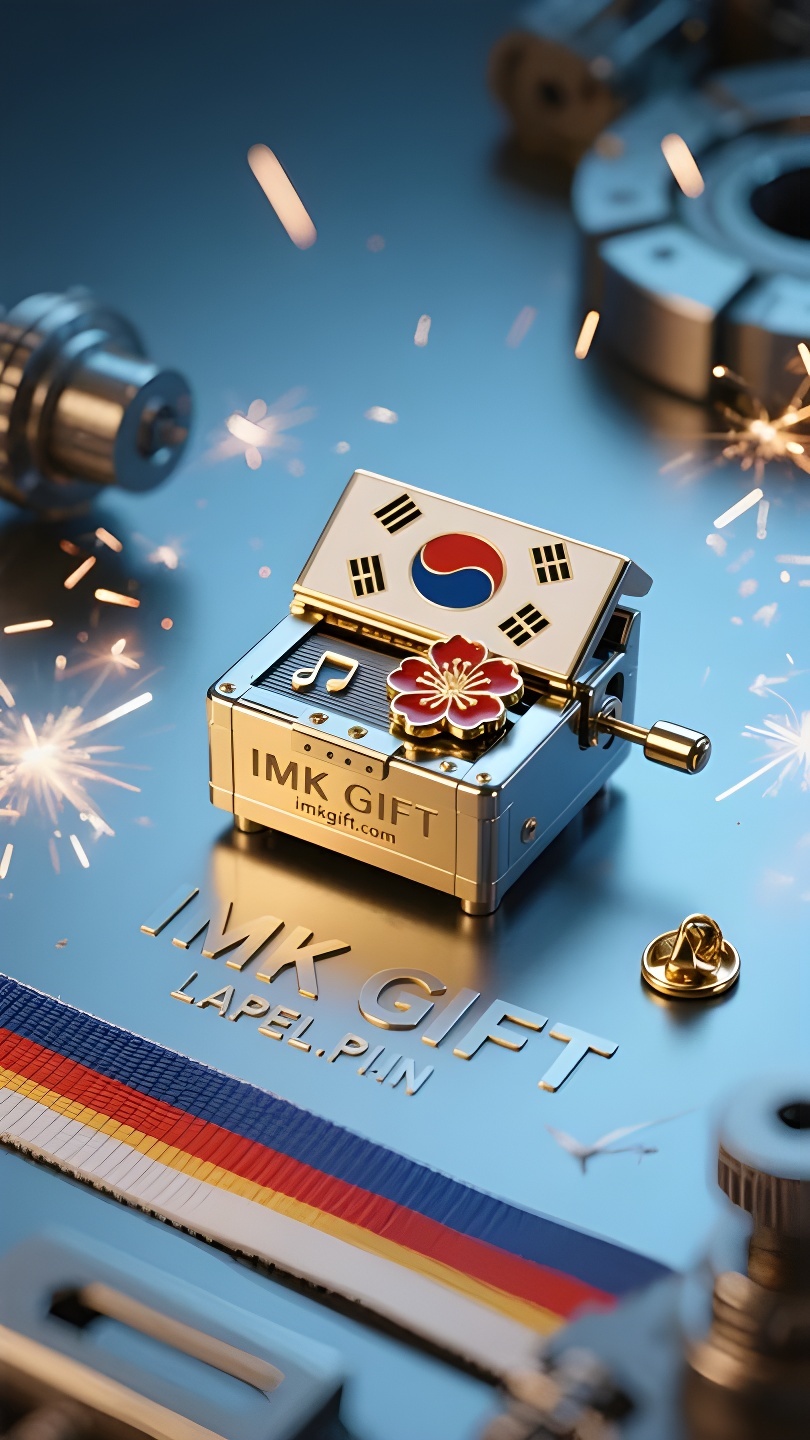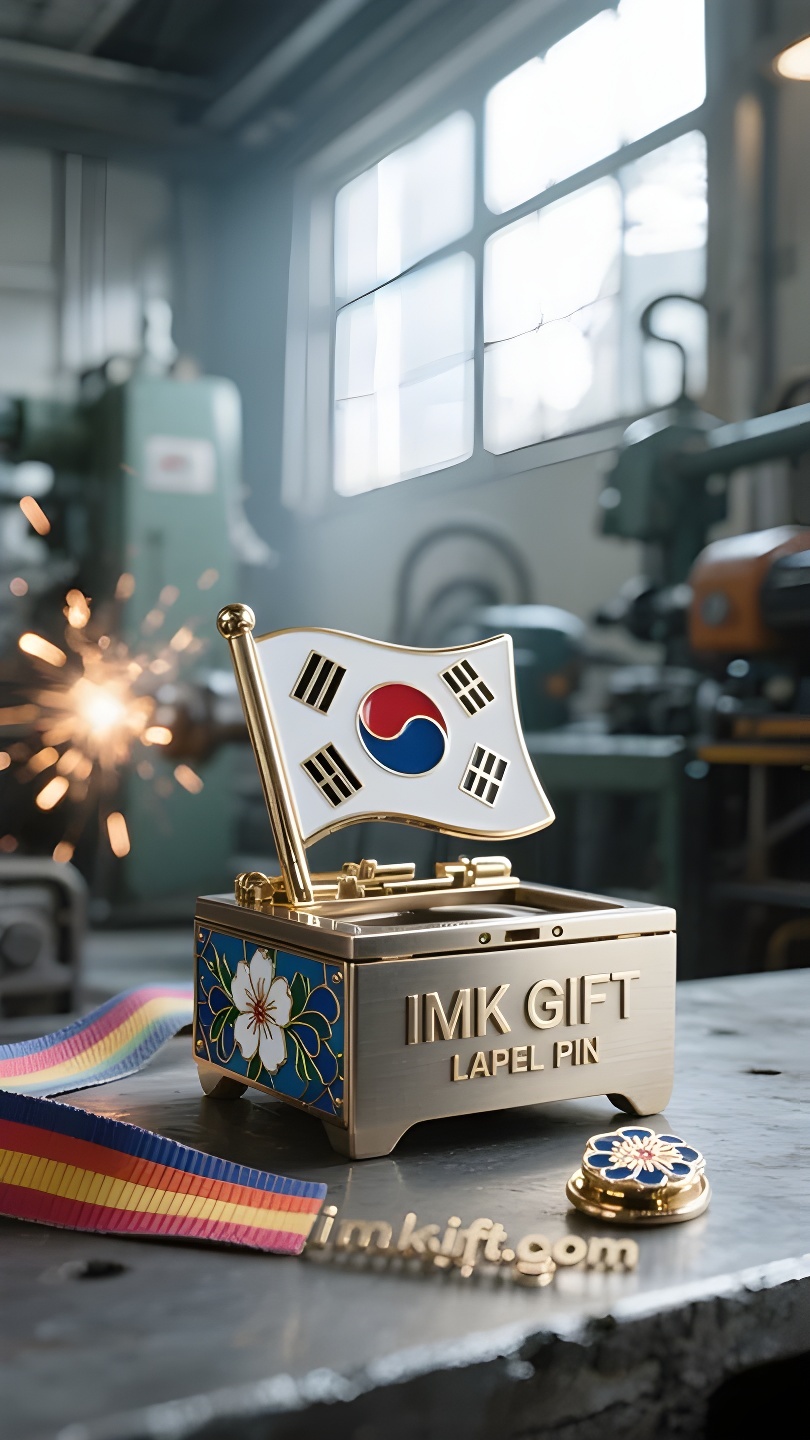in991-히비스커스가-피는-곳-시간은-그-자체의-목소리를-가지고-있습니다
▼
10월의 가을 햇살 아래, 거리의 무궁화는 여전히 꿋꿋이 피어 있습니다. 이 달은 하늘이 열리는 달과 겹칩니다. 사람들은 단군의 건국 신화를 떠올릴 때, 태극기에 새겨진 음양의 영원한 순환과 무궁화처럼 대대로 전해지는 생명력을 떠올립니다. 친구가 선물한 무궁화 오르골은 바닥에 태극 문양이 새겨져 있습니다. 오르골이 회전하면 꽃잎이 천천히 펴지며 8음의 선율을 냅니다. 처음에는 그 깊은 의미를 이해하지 못했습니다. 어느 날 밤 오랫동안 그 의미를 응시하기 전까지는요. 나라가 고난을 겪으면서도 희망을 잃지 않듯이, 감는 기계는 계속해서 힘을 발휘해야 합니다. 음악은 결국 멈추지만, 기계가 다시 돌아가기만 하면 맑은 소리가 다시 흐를 수 있다는 것입니다. 이는 식민지 지배에서 전후 재건에 이르기까지, 모든 절박한 상황 속에서도 잠자던 활력을 깨울 수 있는 한국의 현대사와 매우 흡사합니다. 오르골에 박힌 불멸의 무궁화는 태극기 중앙에 있는 천곤륜과도 같아, 움직임과 고요함이 공존하며 영원을 이룹니다. 꽃잎이 겹쳐지고 팽팽하게 뻗은 모습은 세종대왕이 한글을 창제할 때의 붓놀림을 떠올리게 합니다. 부드럽지만 단단하고, 모든 음절에 문명을 새겨 넣었습니다. 이제 이 오르골은 제 책상 위에 놓여 있습니다. 피곤할 때마다 손잡이를 가볍게 돌리며 음표와 함께 춤추는 꽃잎을 바라보고, 톱니바퀴 사이에서 시간을 알려주는 소리를 듣습니다. 축적된 모든 에너지와 기다림은 언젠가 노래로 피어날 것입니다.
Under the autumn sun in October, the hibiscus flowers on the streets still bloom stubbornly. This month coincides with the opening of the sky. When people look back on the legend of Dangun’s founding of the country, they often think of the spiritual totems engraved in the blood of the nation – the eternal rotation of yin and yang on the Taegeukgi, and the vitality passed down from generation to generation like the hibiscus flower. The hibiscus music box given to me by a friend has a Tai Chi pattern on the base. When it rotates, the petals slowly stretch out with the melody of the eight notes. At first, I didn’t understand the deep meaning until I stared at it for a long time one night: the winding mechanism needs to continue to exert force, just as the nation has experienced hardships but always holds on to hope; the music will eventually stop, but as long as the mechanism is turned again, the clear sound can flow again. This is much like the modern history of Korea, from colonial rule to post-war reconstruction, every desperate situation can awaken the dormant vitality. The immortal hibiscus embedded in the music box is just like the Qiankun circle in the center of the Taegeukgi, achieving eternity in the coexistence of movement and stillness. The overlapping and stretched posture of the petals reminds me of the arc of King Sejong’s pen when he created the Korean language – soft but firm, carving civilization into every syllable. Now this music box is placed on my desk. Whenever I feel tired, I turn the knob lightly, watching the petals dance with the notes, and listening to the time telling between the gears: all the accumulated energy and waiting will eventually bloom into a song at some point.
在韩国十月的秋阳下,街道旁木槿花依然倔强绽放。这个月恰逢开天节,人们回望檀君建国的传说时,常会想起那些刻入民族血脉的精神图腾——太极旗上永恒旋转的阴阳,与木槿花般代代传承的生命力。
友人赠我的木槿花音乐盒,底座镶着太极纹样,转动时花瓣随八音旋律徐徐舒展。最初不解其中深意,直到某夜凝视它良久:上发条的机械装置需持续施力,正如民族历经磨难却始终紧握希望;音乐终会停歇,但只要重新拧动机关,清音便能再度流淌。这多像韩国近现代史,从殖民统治到战后重建,每一次绝境中都能唤醒蛰伏的生机。
音乐盒内嵌的永生木槿,恰似太极旗中央的乾坤圈,在动静相生中达成永恒。花瓣层叠舒展的姿态,让我想起世宗大王创造韩文时落笔的弧度——柔软却坚毅,将文明刻进每个音节。如今这音乐盒摆在我的案头,每当倦怠便轻转旋钮,看花瓣与乐符共舞,听时光在齿轮咬合间诉说:所有蓄力与等待,终将在某刻绽放成歌。
▼
Contact Us
📞 Tel: +0086-760-85286839
📧 Email: sales3@imkgift.com








